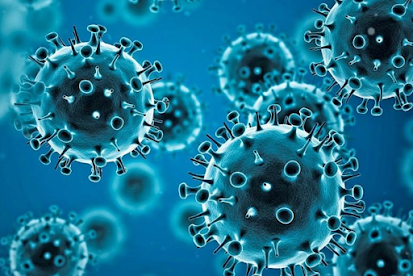What is INSACOG?
Full form of INSACOG - Indian SARS-COV2 Consortium on Genomics What is it? A consortium of 28 national laboratories. INSACOG is a multi-laboratory, multi-agency, Pan-India network to monitor genomic variations in the SARS-CoV-2 by a sentinel sequencing effort. The network carries out whole genome sequencing of SARS-CoV-2 virus across the nation, aiding the understanding of how the virus spreads and evolves, and provide information to aid public health response. Who is incharge? Department of Biotechnology, Ministry of Science and Technology Jointly Established by - MoH&FW, DBT, CSIR, ICMR Aim/Purpose of INSACOG - To assess SARS-COV2 To do Genomic surveillance, epidemiological surveillance and clinical correlation Understand how the virus spreads and evolves, and provide information to aid public health response/preparedness To understand the disease dynamics and severity Understand if local outbreaks are caused by transmiss...
